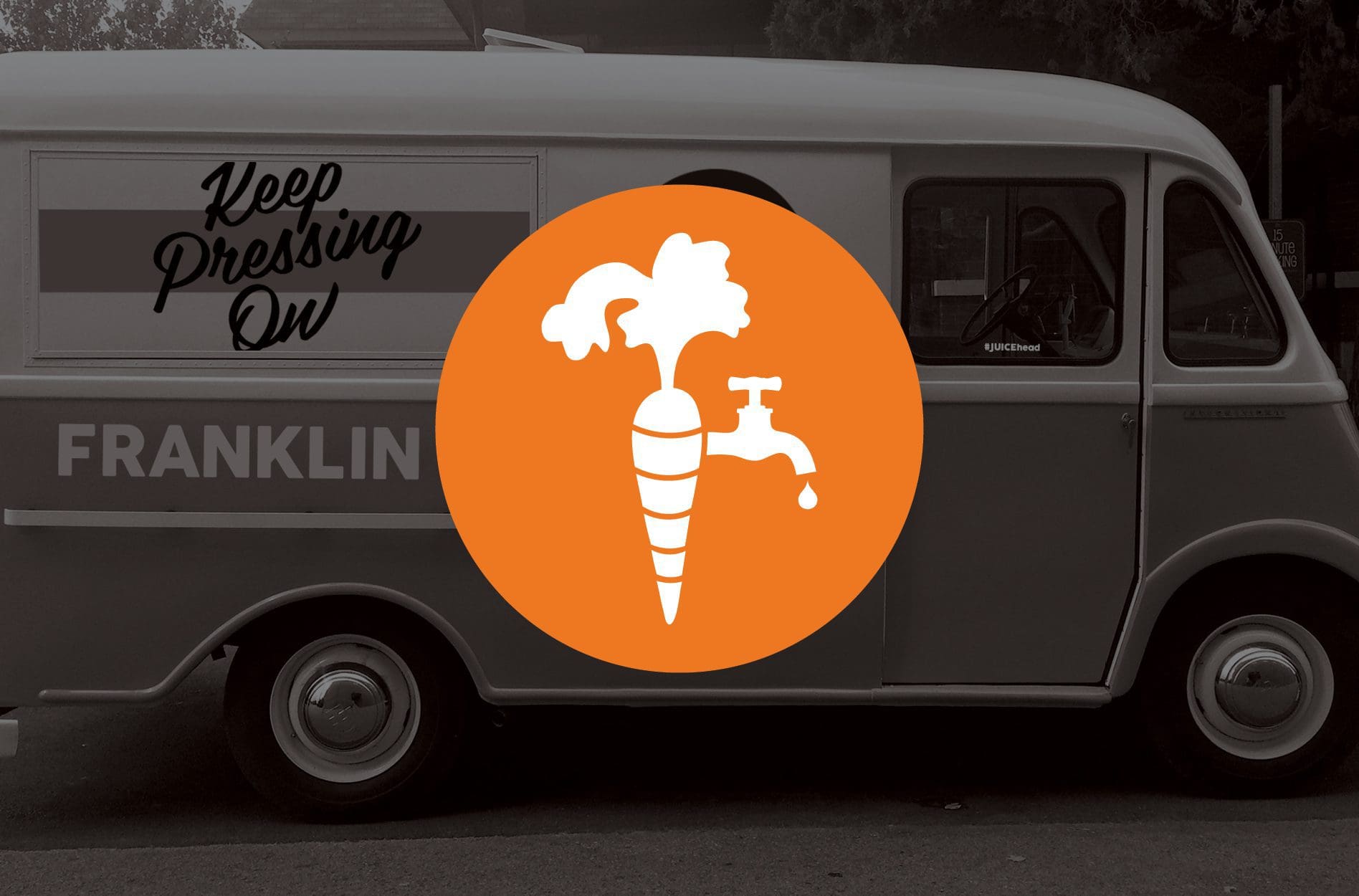Did Instagram Steal Stories?
Instagram has sent the tech world into a tailspin over their latest release. “Stories” is a feature that allows Instagram users to snap quick videos and publish them to Instagram where they will live for just 24 hours before being erased from the Internet. Let’s be real though, is anything ever completely deleted from the web? So, what’s all the drama about? For those of you who are too busy or too private for social media, here’s a quick recap.

Instagram
Enter, Instagram “Stories.” With 500 million active users, Instagram rose to glory and was purchased by social media giant Facebook in 2012 for $1 billion. Most might be able to skim the next several sentences, but for those who are a bit behind the curve, here’s the skinny on what you see happening at dinner tables around the world before the food is consumed, during food consumption, and after food consumption — basically always. Whether it’s overhead food photos or flat lays of hipster outfits, Instagramming has now become a verb. With the app, users can take photos, apply Instagram filters and make simple edits, then post the photo to their Instagram feed with a caption for the viewing pleasure of their followers. In 2013, Instagram launched a feature that allowed users to shoot and upload 15-second videos to their feed, and then this week, the app introduced Instagram Stories. Now, you may be thinking to yourself that Snapchat and Instagram Stories are exactly the same, but take note that the filters in Instagram Stories are nowhere near as addictive as Snapchat’s customized filters. On Instagram, you can apply a filter to the photo that is strikingly similar to the ones available for regular Instagram posts. There are no flower crowns. There are no dog faces. And there are certainly no bee faces with tiny bee voices. According to Instagram, the idea behind Stories is that users can post as often as they want and as creatively as they want, without worrying about these shots cluttering their grid or clogging up the feed. The Stories appear at the top of the feed and disappear after 24 hours. Plus, privacy settings can be altered to hide certain stories from certain people. Sound familiar? Users can also apply Instagram filters to the photos and customize them with drawing tools and captions.
Snapchat
Snapchat launched in 2011 as a photo-sharing app with the magic to make privately shared photos disappear. Since then, Snapchat has gained over 100 million users and 7 billion daily video views. Yes, that’s a billion with a B. Let’s chat about this for a sec. While the idea wasn’t conceived with this in mind, Snapchat is the only social platform that actually emulates real-life interactions. Snapchat users send Snaps (which can be photos or videos) to friends who are also users of the app. The snap is viewable for just 15 seconds and then gone forever. A series of “snaps” can be strung together to create a “story” and you can reach out to a friend individually via “chat.” Similarly, IRL (IRL = In Real Life) you pass a friend and exchange words, and then that moment is gone. You can’t save that moment, and people won’t be able to go back and analyze a published record of your convo, in most cases. Psychologically, the temporary nature of snaps resonates with users, which is one reason we feel that Snapchat has been a success. While this functionality may have been the foundation upon which Snapchat was built, IMHO (In My Humble Opinion) the true hero of this story is the Snapchat filters. In Snapchat, you can add all sorts of amazing filters to your photo, which makes the experience uniquely engaging. See Nice Girl Exhibit A below. If you don’t know, now you know.







